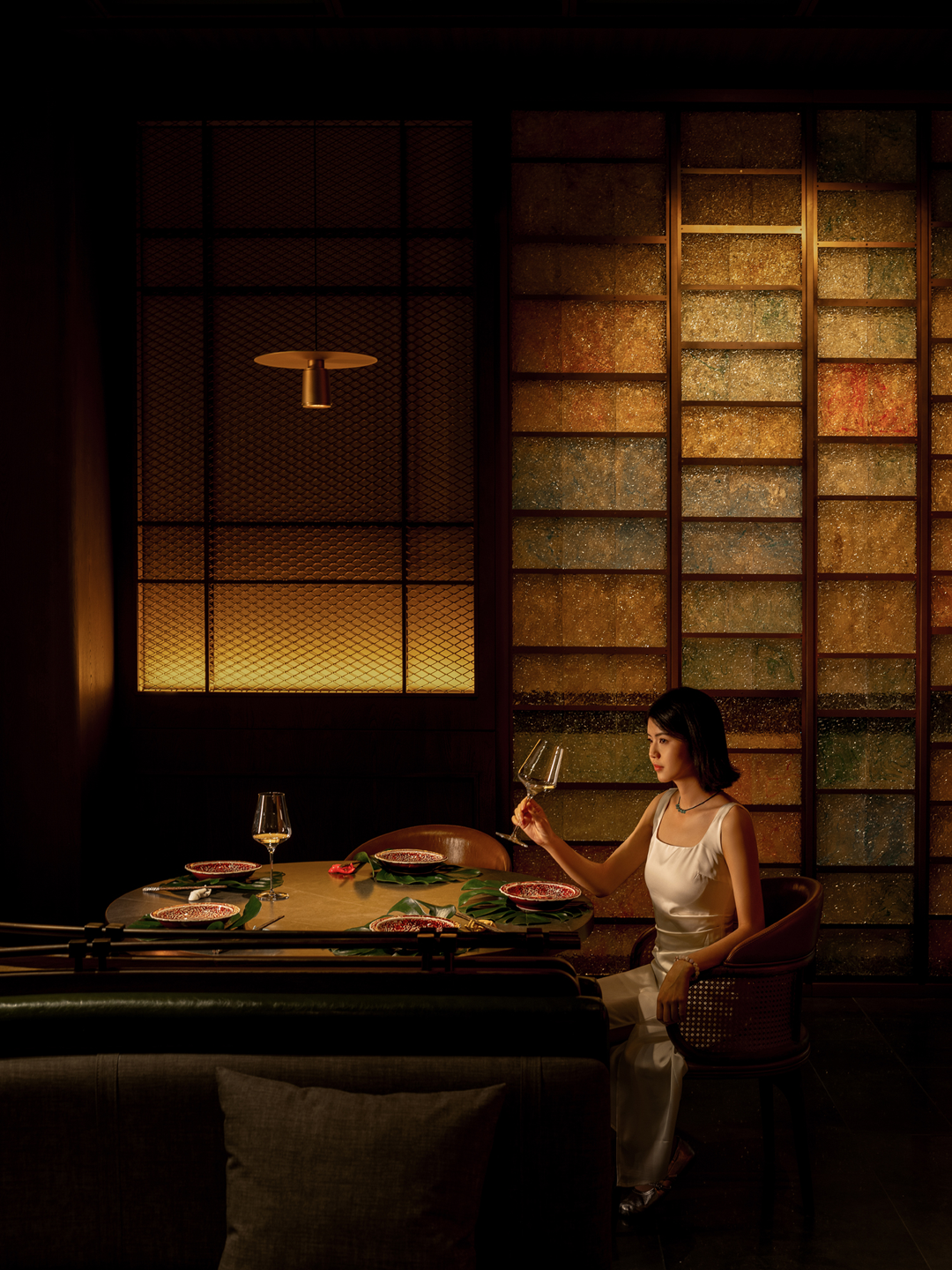Winnwood Residence in Dallas / 5G Studio Collaborative
2018-02-28 19:28
Architect: 5G Studio Collaborative Project: Winnwood Residence Location: Dallas, Texas, United States Area: 4600 square feet Photography: Adam Mork
建筑师:5G工作室合作项目:Winnwood住宅地点:美国得克萨斯州达拉斯:4600平方英尺摄影:Adam Mork
Description by architect: Located on a wooded lot directly across from a land - water conservation project funded by the Texas Parks - Wildlife Department - the US Department of Interior, the residence was constructed on a previously developed infill lot within close walking distance of a wide variety of community resources. The materials from the home which previously occupied the lot were recycled or donated in lieu of being sent to the landfill. Sustainable construction strategies include a thorough durability management plan, construction waste management, installation of sustainable materials, and indoor contaminant control.
Rainwater is collected and redirected from the roof to underground cisterns and is used to irrigate landscaping. By minimizing areas of turf grass and using native and adaptive species the amount of water used to maintain the site is significantly reduced. The total area of impermeable paving onsite is limited, so the quantity of stormwater runoff from the property is minimal.
雨水被收集并从屋顶重定向到地下蓄水池,并用于灌溉景观。通过减少草坪草的面积,并使用本地和适应性物种,用于维持场地的水量明显减少。现场防渗路面的总面积有限,由此产生的雨水产流量极小。
To create a tighter building envelope, all of the home’s insulation is spray foam, and the R-values specified for the insulation are much higher than the values prescribed by energy code. Additionally, each room is individually insulated to take advantage of smart thermostats which allow spaces to be isolated or turned off, effectively creating an independent building envelope for each room.
为了创造一个更紧密的建筑围护,所有的家庭绝缘是喷雾泡沫,并为绝缘规定的R值远高于能源法规规定的数值。此外,每个房间都是单独绝缘的,以利用智能恒温器,允许空间被隔离或关闭,有效地为每个房间创建一个独立的建筑信封。
Since heating and cooling account for about 50% of the energy used by a conventional home, efficiency is gained by using a geothermal heat pump system. A geothermal system is typically around 30% more efficient than a building with a conventional mechanical system. This is achieved by using close loop wells dug 250′ into bedrock. The constant temperature of rock allows pumped water to be heated or cooled (depending on the season) using far less energy than a conventional mechanical system.
由于加热和冷却约占传统家庭所用能源的50%,因此使用地热热泵系统可获得效率。地热系统通常比传统机械系统的建筑效率高30%左右。这是通过使用在基岩中挖入250‘的闭环井来实现的。岩石的恒定温度允许抽水被加热或冷却(取决于季节),使用的能量比传统的机械系统要少得多。
The high efficiency mechanical system utilizes filters with a rating of MERV 13. For reference, the typical blue air filter has a rating of MERV 2; this only traps pollen, fibers, and dust. MERV 13 filters are used in hospitals and general surgery rooms, trapping mold, dander, lead dust, auto emission particulates, bacteria, and most smoke and insecticide dust.
高效率的机械系统使用的过滤器的评级为Merv 13。作为参考,典型的蓝色空气过滤器的等级为Merv 2,这只是捕捉花粉,纤维和灰尘。MERV 13过滤器被用于医院和普通外科病房,陷阱霉菌,皮屑,铅尘,汽车排放微粒,细菌,和大部分烟雾和杀虫剂灰尘。
About one third of the building envelope is glass, and while the home is designed to allow daylight to fill all areas of the home, any direct solar heat gain is very limited. Over 41% of the home’s glazing faces north, and 84% of the remainder of the home’s glazing benefits from significant exterior shading in the summer months when the sun is the highest in the sky. Any glazing exposed to direct solar heat gain during cooling months benefits from the glazing have a low solar heat gain coefficient of 0.29. The interior is lit with highly efficient LED lights, and dimming systems allow for light levels to account for incoming daylight from expansive windows.
大约三分之一的建筑外壳是玻璃,虽然住宅的设计允许阳光照射到房屋的所有区域,但任何直接的太阳能加热都是非常有限的。超过41%的房屋的玻璃朝北,其余的84%的房屋玻璃受益于在夏季的几个月里,当太阳是天空中最高的时候,显着的外部遮阳。任何在冷却月份暴露于太阳直接热增益的玻璃都有较低的太阳热增益系数为0.29。内部用高效的LED灯照明,而调光系统允许光的水平来解释从膨胀的窗户进入的日光。
While building systems and components aim to conserve energy, only with onsite energy production can the home be zero-energy. On the roof, a discrete 10kW solar array will annually create enough electricity onsite to offset all of the energy consumed by the Winnwood residence.
虽然建筑系统和组件的目标是节约能源,但只有在现场的能源生产才能实现零能源。在屋顶上,离散的10kW太阳能电池将每年在现场产生足够的电力,以抵消Winnwood住宅所消耗的所有能量。
The Winnwood project did not start with the goal of pursuing LEED Platinum certification or becoming a zero-energy residence – the original intent was to create a sustainable, efficient home. However, after numerous design meetings and collaboration with the owner, architect, engineers, and contractor the team realized that the project was a zero-energy residence which was able to pursue LEED Platinum certification.
Winnwood项目并没有以追求LEED白金认证或成为零能源住宅为目标-最初的目的是创建一个可持续、高效的住宅。然而,经过多次设计会议和与业主,建筑师,工程师和承包商的合作,团队意识到,该项目是一个零能源住宅,能够追求LEED白金认证。
 举报
举报
别默默的看了,快登录帮我评论一下吧!:)
注册
登录
更多评论
相关文章
-

描边风设计中,最容易犯的8种问题分析
2018年走过了四分之一,LOGO设计趋势也清晰了LOGO设计
-

描边风设计中,最容易犯的8种问题分析
2018年走过了四分之一,LOGO设计趋势也清晰了LOGO设计
-

描边风设计中,最容易犯的8种问题分析
2018年走过了四分之一,LOGO设计趋势也清晰了LOGO设计




































































